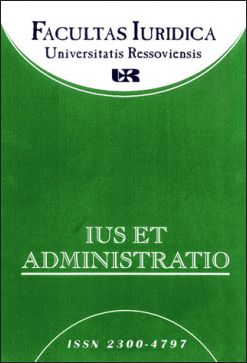Wpływ komunikacji pozawerbalnej na pracę organów ścigania w USA
Keywords:
police, nonverbal, law, communication, gestures, eye contact, distanceAbstract
„Nonverbal communication, or the expression of messages through facial expressions, gestures and body language, is essential to successful results in the work of the law enforcement offices. Nonverbal is an important communication skill for police officers. Police officers use nonverbal skills every day. They rely on these skills to keep themselves and citizens out of danger. A police officer's safety is dependent on the ability to nonverbally establish authority and dominance when working with the public in instances such as routine traffic stops. This analytical study examined the importance of nonverbal communication in law enforcement work. In many encounters between police and citizens, the primary focus is always on suspects’/citizens’ verbal statements, rather than on how and what their body is conveying while telling the story. This study argues for an integrated approach in which the police officers need to realise that they, too, are communicating nonverbally with suspects. Nonverbal communication is the foundation of a successful relationship/encounter between criminal justice personnel and suspects or criminals, as well as a powerful method that cannot be feigned.
Downloads
Downloads
Published
How to Cite
Issue
Section
License
Copyright (c) 2017 Ius et Administratio

This work is licensed under a Creative Commons Attribution-NonCommercial-NoDerivatives 4.0 International License.

